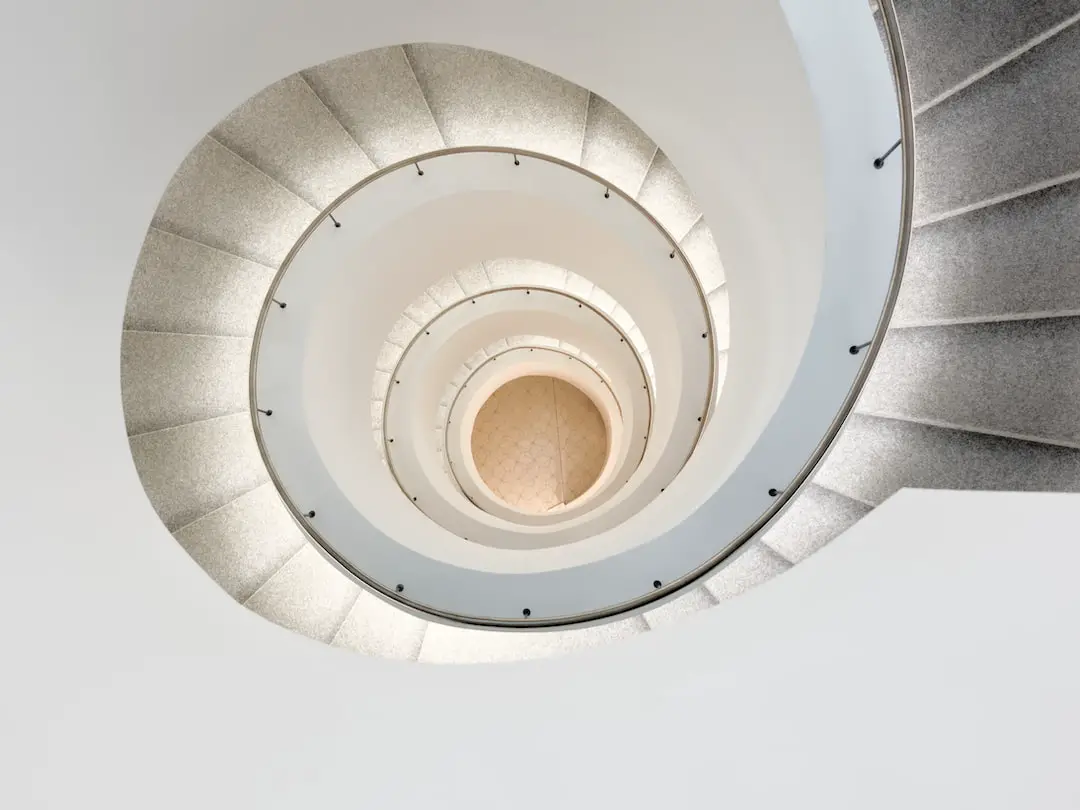
Ah, Simferopol – a city that’s as much a tapestry of time as it is a hub of culture and history. Nestled in the heart of the Crimean Peninsula, this city has seen a kaleidoscope of architectural styles. From the classical touches of the Russian Empire to the stark utilitarianism of the Soviet era, each period has left an indelible mark on the city’s skyline. Let’s take a stroll down memory lane and explore how Simferopol’s architecture has evolved, shall we?
The Roots: Classical and Tatar Influences
Our journey begins in the 18th century when Simferopol was a melting pot of Crimean Tatar and Russian cultures. The Tatar legacy is still visible in the older parts of the city. Think ornate wooden balconies and intricate latticework. It’s like stepping into a bygone era where every building tells a story. The Russian influence brought neoclassical buildings, with their grand columns and pediments, adding a regal touch to the city’s aesthetic.
The Soviet Stamp: Function Over Form
Fast forward to the 20th century, and you’ll see a seismic shift. The Soviet Union had a penchant for grandiose projects and Simferopol was no exception. The cityscape was transformed with imposing structures that prioritized function over form. These buildings were all about serving the masses, with their large, unadorned facades and repetitive designs. They might not win any beauty contests, but they sure made a statement about the era’s ideology.
The Modern Metamorphosis
As the Soviet Union dissolved, Simferopol’s architecture entered a new phase. The city began to embrace modernity, with glass and steel structures sprouting up. These contemporary buildings reflect a growing economy and a desire to look forward rather than backward. They stand in stark contrast to the older, more ornate structures, showcasing the city’s evolving identity.
Preservation and Progress: A Delicate Balance
Today, Simferopol is a city caught between preserving its rich history and forging a new path. You’ll find restoration projects breathing new life into historical buildings. At the same time, new developments are reshaping the city’s horizons. It’s a delicate dance between the old and the new, with each step carefully considered to maintain the city’s unique character.
Simferopol’s Architectural Landmarks
Let’s talk landmarks! The Simferopol Railway Station, with its blend of Soviet and modern influences, is a testament to the city’s transitional nature. Then there’s the Crimean State Medical University, a neoclassical beauty that harks back to the city’s Imperial past. These structures aren’t just buildings; they’re chapters in Simferopol’s ongoing story.
FAQs
- What architectural styles are prevalent in Simferopol?
You’ll find a mix of neoclassical, Soviet-era, and modern styles. Each reflects a different period in the city’s history.
- Are there any preservation efforts for Simferopol’s historical buildings?
Yes, there are ongoing efforts to restore and preserve the city’s architectural heritage, ensuring that future generations can enjoy these historical treasures.
- Can visitors tour historical buildings in Simferopol?
Absolutely! Many of Simferopol’s historical buildings are open to the public, offering a glimpse into the city’s past.
Conclusion
In conclusion, Simferopol’s architecture is a living history book, with each Page turned revealing a new style and story. From the classical elegance of its Russian Empire days to the utilitarian boldness of the Soviet period, and now to the sleek lines of modernity, the city’s buildings are a testament to its resilience and adaptability. As Simferopol continues to evolve, its architecture remains a fascinating reflection of its past, present, and future.
For those of us who’ve wandered its streets and admired its buildings, Simferopol’s architecture is more than just a collection of structures. It’s a narrative of change, a symbol of the city’s journey through time. And for anyone looking to understand the heart of this city, a walk through its diverse architectural landscape is a must. So, next time you’re in Simferopol, take a moment to look up and around. You’ll be witnessing the evolution of a city’s soul, one building at a time.
Remember, whether you’re a history buff, an architecture enthusiast, or just someone who appreciates the beauty of a city’s skyline, Simferopol’s architectural tapestry is sure to captivate and inspire. It’s a story that continues to unfold, and I, for one, can’t wait to see what the next chapter holds.